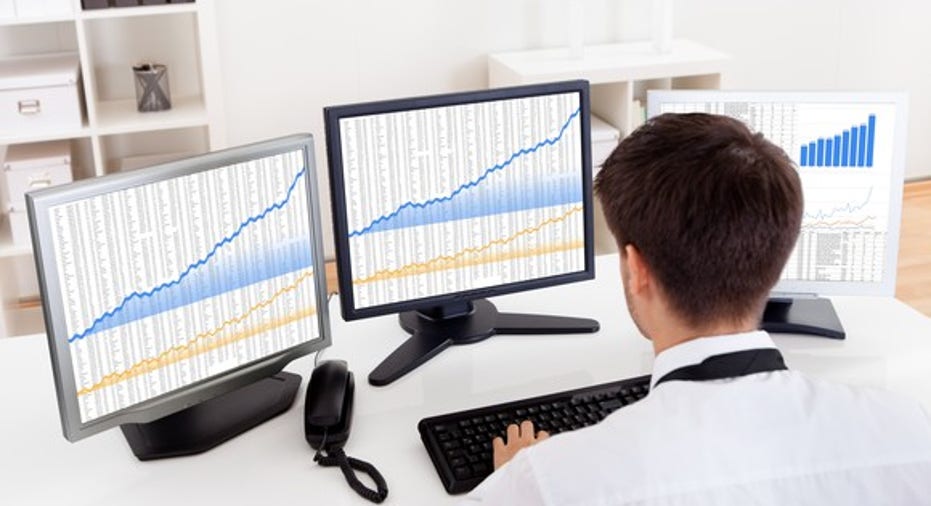Using the Price-to-Sales Ratio to Value Stocks

Image Source: Getty Images
The price-to-sales ratio, also known as "price/sales" or "P/S ratio" can be a useful metric for valuing stocks. The P/S ratio is determined by dividing the company's market capitalization by its revenue, so it is solely based on revenue not profits. For this reason, it can help determine the valuation of companies with little or no profits.
Why the price-to-sales ratio can be useful
For large, established companies with consistent profitability, earnings-based metrics like the P/E ratio are useful ways of valuing and comparing companies.
However, many companies are not consistently profitable, or maybe a company's profits don't fairly represent how well its business is performing. Amazon.com is one name that immediately comes to mind the company actually hasn't produced much in the way of profits or earnings growth, even though sales growth has been simply phenomenal.
Example of calculating the price-to-sales ratio
In the case of Amazon.com, the company's market capitalization is $339 billion as of this writing, and the previous 12 months' revenue is $113.4 billion. Dividing these two numbers gives a P/S ratio of 3.0. Fellow online retailer Wayfair has a market cap of $3.6 billion and generated $2.6 billion in revenue over the past 12 months, giving us a P/S ratio of 1.5.
So, just based on price-to-sales, we can conclude that Amazon.com is more highly valued than Wayfair. Although this isn't exactly an apples-to-apples comparison, it does shed more light on their relative valuation than P/E ratios after all, Wayfair wasn't profitable over the past 12 months and Amazon's P/E ratio is nearly 300.
Shortcomings of the P/S ratio
Like many other financial metrics, the P/S ratio is most effective when comparing similar companies that operate in the same industry. For instance, comparing Microsoft's price-to-sales ratio of 4.7 with Wal-Mart's 0.5 doesn't really give you much useful information since big-box retailers need much more sales to generate profits than software companies generally do. However, comparing Wal-Mart's P/S of 0.5 with Target's 0.6 is a better use of this metric when comparing valuations.
Further, keep in mind that the P/S ratio isn't useful unless you consider other relevant information. Debt, for example, isn't included. If one company has a seemingly low P/S ratio but an unreasonably high debt load, it isn't necessarily a good value. Other information such as the company's growth rate, profit margins, and competitive advantages should also be taken into consideration
One piece of the puzzle
The bottom line is that the price-to-sales ratio can be a great tool to use when valuing companies that don't have a consistent history of profitability, but is only one piece of the puzzle. Investing decisions should never be made on the basis of a single metric, and the P/S ratio is no exception.
This article is part of The Motley Fool's Knowledge Center, which was created based on the collected wisdom of a fantastic community of investors. We'd love to hear your questions, thoughts, and opinions on the Knowledge Center in general or this page in particular. Your input will help us help the world invest, better! Email us atknowledgecenter@fool.com. Thanks -- and Fool on!
The article Using the Price-to-Sales Ratio to Value Stocks originally appeared on Fool.com.
The Motley Fool owns shares of and recommends Amazon.com. The Motley Fool recommends Wayfair. Try any of our Foolish newsletter services free for 30 days. We Fools may not all hold the same opinions, but we all believe that considering a diverse range of insights makes us better investors. The Motley Fool has a disclosure policy.
Copyright 1995 - 2016 The Motley Fool, LLC. All rights reserved. The Motley Fool has a disclosure policy.